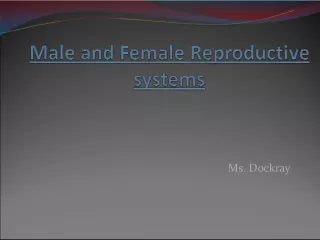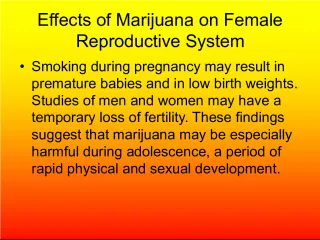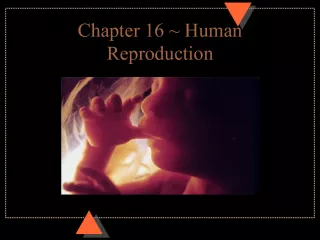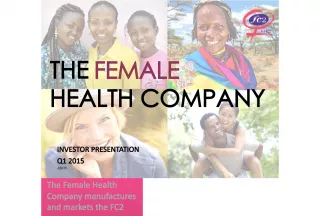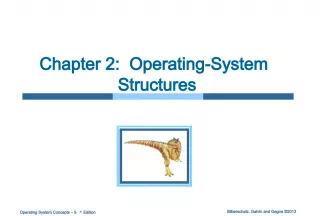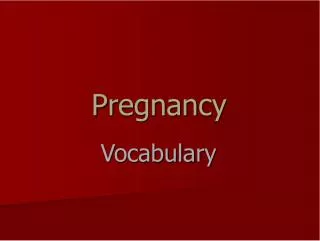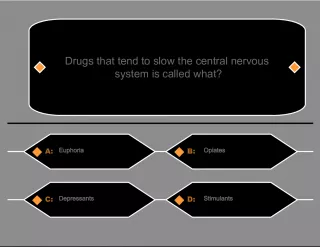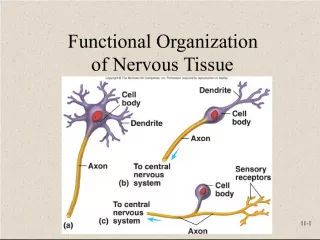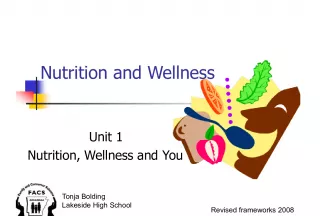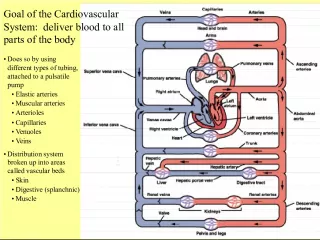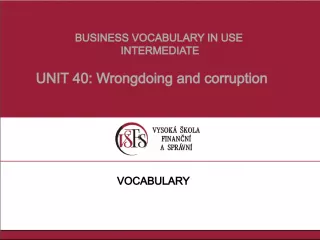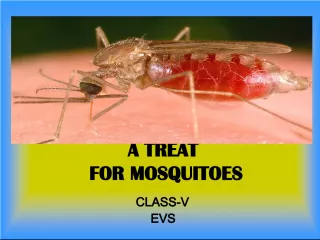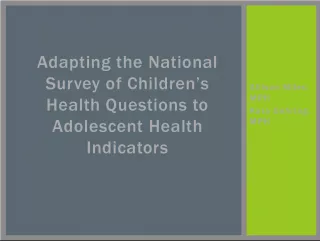Female Reproductive System Terms You Should Know
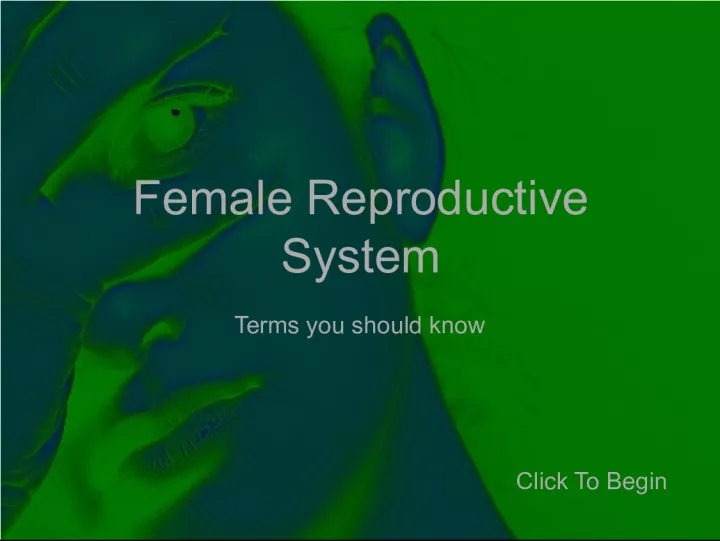

This interactive tutorial will cover important terms related to the female reproductive system. Compared to the male system, the female reproductive system is more complex as it is responsible for producing and carrying an
- Uploaded on | 2 Views
-
 waltraut
waltraut
About Female Reproductive System Terms You Should Know
PowerPoint presentation about 'Female Reproductive System Terms You Should Know'. This presentation describes the topic on This interactive tutorial will cover important terms related to the female reproductive system. Compared to the male system, the female reproductive system is more complex as it is responsible for producing and carrying an. The key topics included in this slideshow are . Download this presentation absolutely free.
Presentation Transcript
Slide1Female ReproductiveSystem Terms you should know Click To Begin
Slide2Click To ContinueFemale Reproductive System
Slide3Female Reproduction• The woman’s reproductive system is more complex than the male system. Click To Continue • The woman must produce the ovum . • The woman prepares for pregnancy. • The woman receives fertilization. • The woman carries the unborn child.
Slide4Vagina• The vagina is the muscular tube where sexual intercourse takes place. Click To Continue • It is also known as the birth canal .
Slide5Clitoris• The clitoris is a small bean shaped organ outside the vaginal opening that is stimulated during foreplay and or sexual intercourse. Click To Continue
Slide6OrgasmAn orgasm is defined as the climax of sexual intercourse in which the peak of sexual excitement occurs and the body releases endorphins producing a sense of well being. Click To Continue
Slide7Ovary• The ovary is the organ that produces the female sex cell. Click To Continue • It also produces the estrogen and additional hormones during pregnancy.
Slide8Ovum• The ovum is the female reproductive cell, also called the egg. • The mature ovum is released from an ovary during ovulation . • The ovum moves to the Fallopian tube , where conception takes place. Click To Continue
Slide9Ovulation• Ovulation is the term to describe when the egg is released from either ovary. Click To Continue • Ovulation occurs at the mid point of the menstrual cycle.
Slide10Uterus• The uterus (womb) is a hollow, pear-shaped organ located in a woman's lower abdomen. Click To Continue • The uterus carries the child during pregnancy.
Slide11Cervix• The cervix is the opening to the uterus. Click To Continue • The diaphragm is placed here for contraception. • With the diaphragm, the sperm's entrance to the uterus is blocked at the cervix.
Slide12Fallopian Tubes• The Fallopian tubes are the structures that carries the ovum (egg) from the ovary to the uterus. Click To Continue • Conception usually takes place in the Fallopian tubes , and then the fertilized egg travels to the uterus.
Slide13Estrogen• Estrogen is the female hormone produced by the ovaries. Click To Continue • It is the primary female hormone. • It is responsible for secondary sex characteristics. • Levels of Estrogen change during a woman’s regular monthly cycle.
Slide14Progesterone• Progesterone is a major hormone produced by the ovary to permit pregnancy. Click To Continue • It prepares the lining ( endometrium ) of the uterus to receive and sustain the fertilized egg for pregnancy.
Slide15Menstruation• Menstruation is the flow of blood from the uterus that occurs when a woman is not pregnant. Click To Continue • Menstruation is commonly referred to as a “period” due to the regular occurrence of approximately every 28 days. • Menstruation results from the break down of the lining of the uterus if no fertilized egg is implanted.
Slide16Menarche• Menarche is the time of onset of a girl’s first menstrual cycle. Click To Continue • The age of menarche is declining. Girls are have periods at a younger age. The cause is unknown, but may be due to… – Improved overall diet. – Growth hormones given to animals to speed their growth to make them market- ready earlier.
Slide17PlacentaClick To Continue • In lower animals it is referred to as the afterbirth. • The placenta passes blood and oxygen to the developing child and is the the source of nutrients. • Alcohol and drugs pass through the placenta to the unborn baby if used by the mother during pregnancy. • The placenta is the organ that connects the developing child to the mother.
Slide18Menopause• Menopause is the time in a woman's life when her reproductive cycle is over. • There is a gradual reduction in estrogen production. • Symptoms vary, but may include… – Hot flashes – Migraines – Change in periods – Anxiety or depression Click To Continue
Slide19Women’s Health IssuesClick To Continue
Slide20PregnancyIn order to be medically pregnant, 2 things must happen: Click To Continue • The fertilized egg must attach to the uterine wall. • Conception must take place (egg and sperm must unite).
Slide21Ectopic (Tubal) Pregnancy• Occasionally the fertilized egg fails to leave the Fallopian tubes. • Pregnancy occurs in the Fallopian tube rather than in the uterus. • This is frequently caused as the result of an STD infection at some point in the woman’s sexual life. Click To Continue
Slide22Women’s Doctors• Obstetrician – Medical Doctor who specializes in medical care during pregnancy and delivery. • Gynecologist – Medical doctor who specializes in female reproductive system problems. OB-GYN: Medical doctor that specializes in both areas of women’s health. Click To Continue
Slide23Pap Smear & Breast Exam• The pap smear tests for pre-cancers, or other infections as well as STDs. • The pap smear should be done regularly. • The ideal frequency of the pap smear varies with age. Click To Continue
Slide24Hysterectomy• A hysterectomy operation removes all or part of the female reproductive system. Click To Continue • A hysterectomy may be due to a variety of causes: – Menopausal issues – Tumors – Cancer – Chronic infection
Slide25The End
